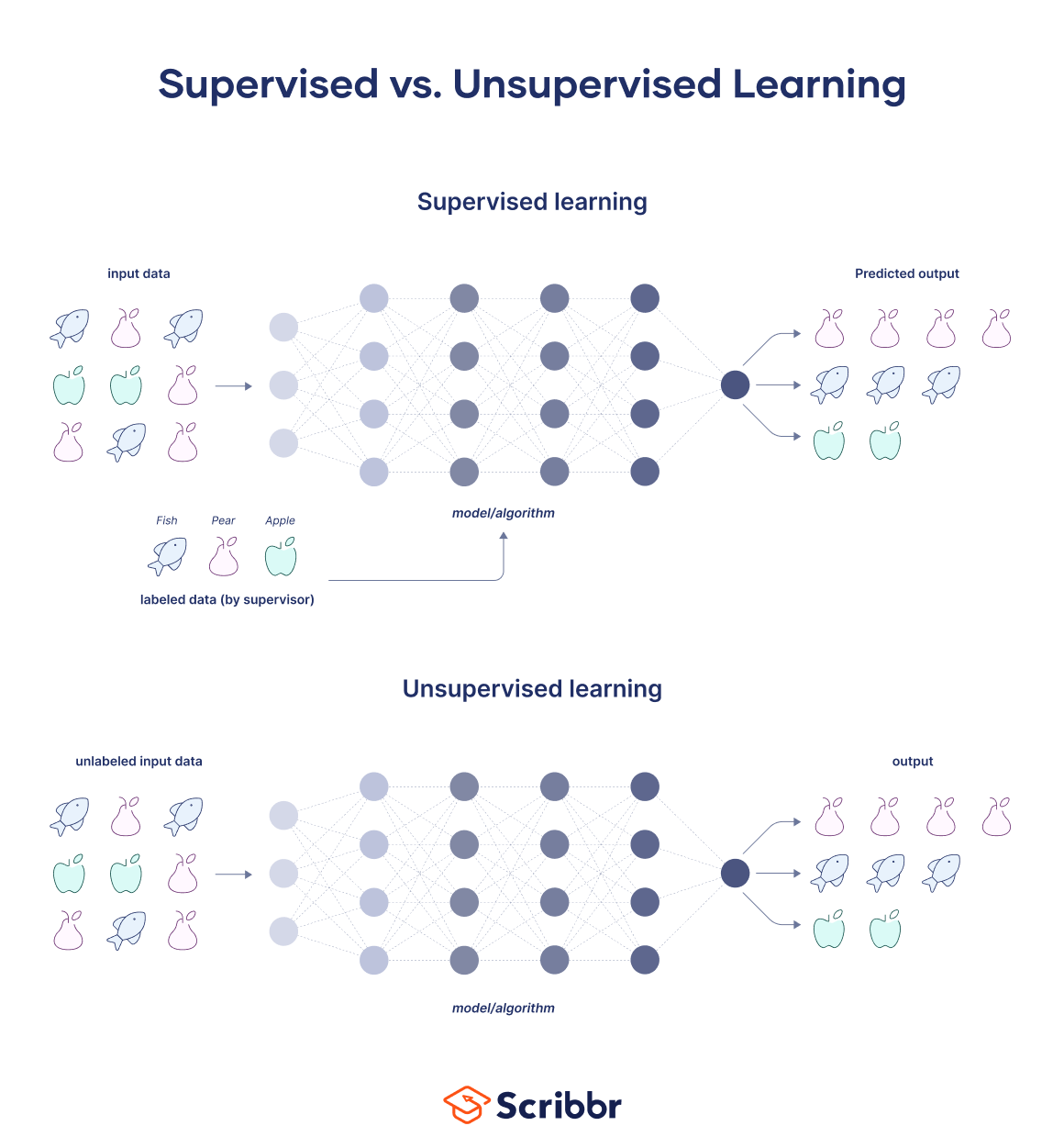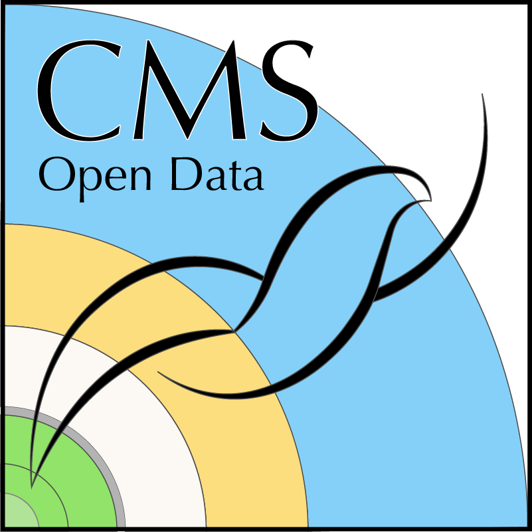Introduction to Machine Learning in HEP
Last updated on 2024-07-28 | Edit this page
Overview
Questions
- How can machine learning be applied to particle physics data?
- What are the steps involved in preparing data for machine learning analysis?
- How do we train and evaluate a machine learning model in this context?
Objectives
- Learn the basics of machine learning and its applications in particle physics.
- Understand the process of preparing data for machine learning.
- Gain practical experience in training and evaluating a machine learning model.
Overview
Machine learning (ML) is a powerful tool for extracting insights from complex datasets, making it invaluable in high-energy physics (HEP) research. The Machine Learning in High-Energy Physics (HEP) activity bridges the gap between data science and particle physics, utilizing CMS Open Data to explore real-world applications. Participants will learn to leverage ML algorithms to analyze particle collision data, enabling them to classify events, discover new particles, and enhance their understanding of fundamental physics.
Prerequisites
Before diving into ML in HEP, participants should have a basic understanding of: - Programming fundamentals (Python recommended) - Data handling and visualization - Elementary statistical concepts (mean, variance, etc.)
Discussion forums
Make sure to join the Mattermost channel for this activity to engage directly with the workshop instructors and fellow participants.
Let’s get the basics clear
Machine learning (ML) is a branch of artificial intelligence (AI) and computer science that focuses on the using data and algorithms to enable AI to imitate the way that humans learn, gradually improving its accuracy. If that is not clear, please watch this video.

Callout
Machine learning, deep learning, and neural networks are all sub-fields of artificial intelligence. However, neural networks is actually a sub-field of machine learning, and deep learning is a sub-field of neural networks.
To have an overview of neural networks, visit 3Blue1Brown’s basics of neural networks, and the math behind how they learn.
Data Acquisition and Understanding
By now we must have a basic understanding of how Machine Learning functions, to use this in the realm of High Energy Physics, we must have the following basics.
CMS Open Data Overview: - Accessing and understanding the CMS Open Data repository. - Types of datasets available (e.g., AOD, MiniAOD, NanoAOD) and their differences. - Introduction to the CMS experiment and its detectors.
Data Preparation - Cleaning and Preprocessing
As you dive into the hackathon, keep in mind that feature engineering—like selecting relevant features, creating new ones to enhance model performance, and using dimensionality reduction techniques play a crucial role in both supervised and unsupervised learning. Mastering these techniques will significantly impact your models’ ability to learn from and make sense of your data, so be sure to leverage them effectively in your projects!
- Handling missing data points and outliers.
- Normalizing data to ensure consistency across features.
- Exploratory data analysis (EDA) to understand distributions and correlations.

You can get a glimpse of the differences in this video.
Supervised Learning in HEP
Basics of Supervised Learning
- Understanding labeled datasets and target variables.
- Classification tasks: distinguishing particle types (e.g., muons, electrons).
- Regression tasks: a possible application in HEP can be predicting particle properties (e.g., energy, momentum).
Model Selection and Training
- Choosing appropriate algorithms (e.g., Decision Trees, Random Forests, Neural Networks).
- Cross-validation techniques to optimize model performance.
- Hyperparameter tuning to fine-tune model behavior.
Model Evaluation
- Metrics: accuracy, precision, recall, F1-score.
- Confusion matrices and ROC curves for performance visualization.
- Interpreting results and refining models based on feedback: Watch this video for Learning Curves In Machine Learning explanation.

Unsupervised Learning in HEP
Basics of Unsupervised Learning
- Clustering algorithms (K-means, DBSCAN) for grouping similar events.
- Anomaly detection techniques to identify unusual data points.
- Dimensionality reduction methods (PCA, LDA) for visualizing high-dimensional data.
Conclusion
The Machine Learning with Open Data lesson equips participants with fundamental skills to apply ML techniques effectively in high-energy physics research. By mastering data preparation, model training, and evaluation, participants gain insights into both machine learning principles and their practical applications in particle physics.
Key Points
- Introduction to machine learning in particle physics.
- Comprehensive data preparation for machine learning analysis.
- Supervised and unsupervised learning techniques specific to HEP.
- Advanced ML applications in particle physics research.
